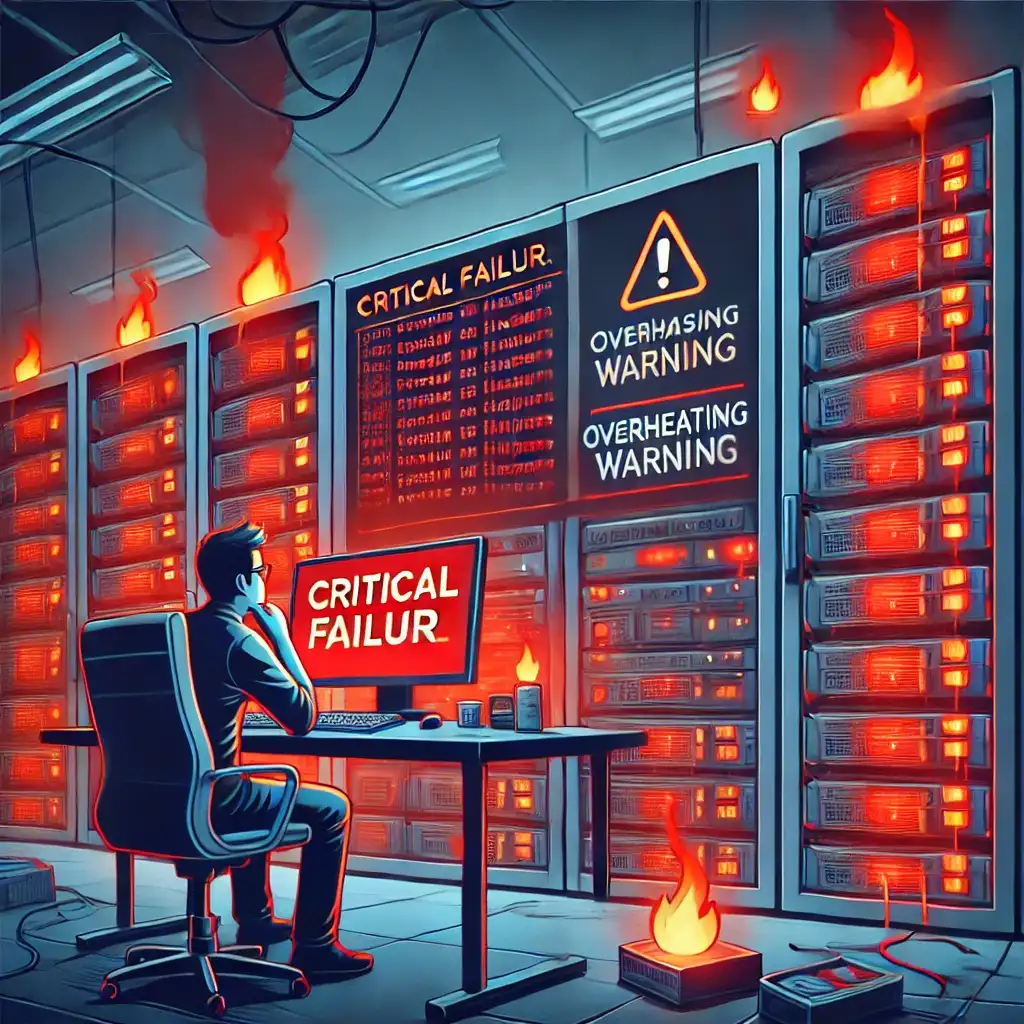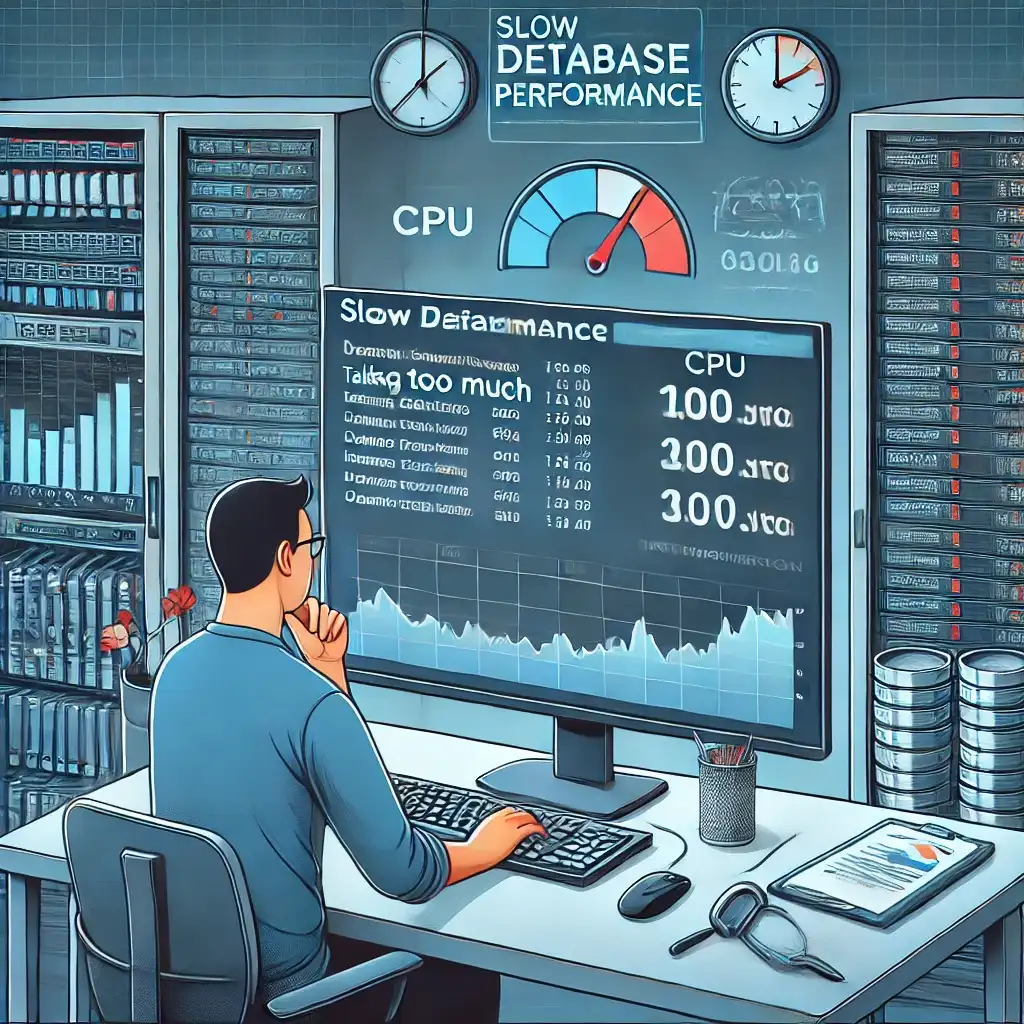
Server crashes can occur due to hardware failures, software conflicts, overloads, or security attacks. These crashes may result in significant data loss and service interruptions for both businesses and individual users. In this article, we’ll take a look at the causes, diagnostics, and solutions to server crashes.
Regular maintenance, hardware monitoring, software updates, and security measures can help minimize such issues. Continuous monitoring and creating backup plans are among the most effective ways to prevent data loss and downtime.
Common Causes of Server Crashes
- Hardware Failures:
- CPU overheating
- RAM errors
- Hard disk failure
- Power supply issues
- Software Errors:
- Conflicting software or incompatible updates
- Corrupted or missing system files
- Kernel panics
- Resource Overuse:
- High CPU or RAM usage
- Full disk space
- Traffic spikes causing server overload
- Security Attacks:
- DDoS attacks
- Malware or backdoors
- SSH brute-force attempts
How to Diagnose Server Crashes
- Review Log Files:
- Linux:
/var/log/syslogor/var/log/messages - Windows: Event Viewer (
eventvwr.msc)
- Linux:
- Check Hardware Health:
- Use
dmesg | grep -i errorto detect hardware issues - Run
smartctl -a /dev/sdato check disk health
- Use
- Analyze Resource Usage:
- Monitor CPU, RAM, and disk with
htop,top,free -m,df -h
- Monitor CPU, RAM, and disk with
- Check Network and Security Status:
- Use
netstat -tulnpto view open ports - Check firewall rules with
iptables -L
- Use
How to Prevent and Resolve Server Crashes
1. Prevent Hardware Failures:
- Clean cooling systems regularly to prevent overheating
- Use ECC RAM to reduce memory errors
- Set up RAID to avoid data loss
- Install UPS for power failure protection
2. Avoid Software Errors:
- Test updates in a staging environment before applying to production
- Keep the operating system regularly updated
- Check disks with
fsck(Linux) orchkdsk(Windows)
3. Manage Resources Efficiently:
- Use load balancing to reduce CPU and RAM load
- Stop unnecessary services:
systemctl stop [service-name] - Check and increase swap space if needed
4. Apply Security Measures:
- Harden SSH access and prevent brute-force attacks
- Block unwanted traffic using firewall tools like
iptablesorufw - Use tools like Fail2Ban to defend against attacks
Related Articles

SSH Access Issues and Solutions
0 Comments
Comments ()
No comments yet. Be the first to comment!







